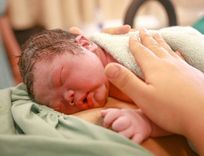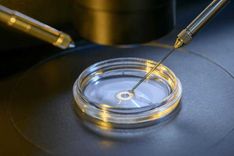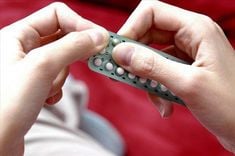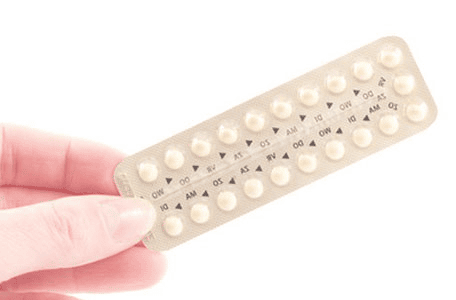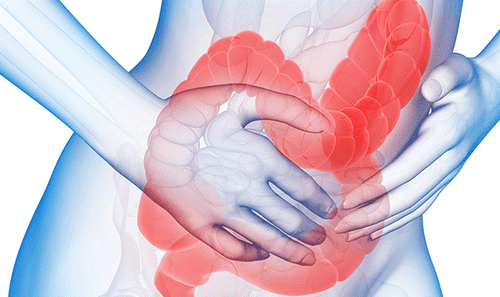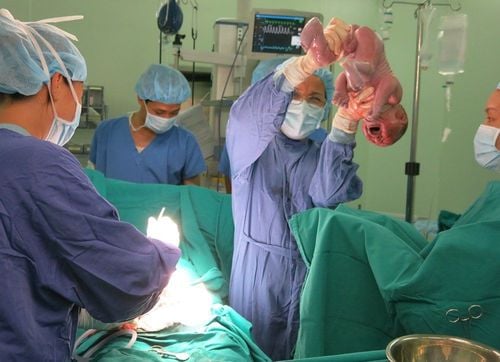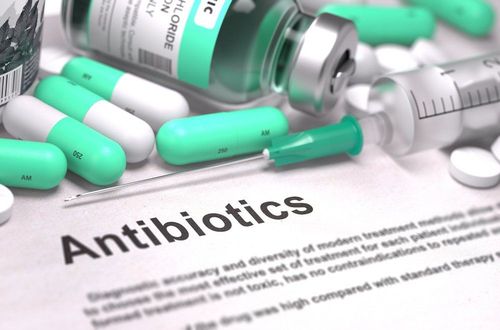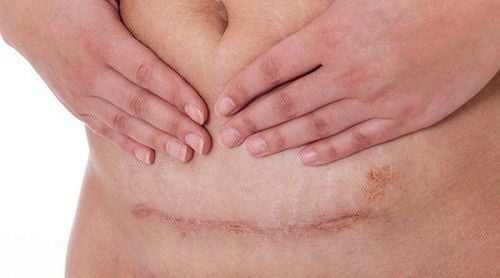This is an automatically translated article.
Cesarean section is a major surgery, so the recovery time after delivery is usually longer than for women who give birth vaginally. To answer the question of how long it takes for the incision to heal completely, readers please refer to the detailed article below.
1. Find out how long does it take to heal after a cesarean section?
1.1 C-section incisions Women who choose the cesarean section usually have vertical or horizontal incisions. The doctor will make 2 incisions: 1 through the lower abdomen, 2 - 5cm from the pubic hair, and 1 through the uterus. Usually, the doctor will make a horizontal incision because the lowest part of the uterus is the thinnest, least bleeding part.
Vertical incisions are only made if you have scars from other previous surgeries. In case the baby is in an abnormal position or the mother has negative bleeding due to placenta previa or fetal distress, premature birth, the doctor will make a longitudinal incision. Typically, vertical incisions are more painful and require a longer recovery time than horizontal incisions.
SEE ALSO: Postpartum incision care and after thread removal
1.2 How long does it take to heal after giving birth? Postpartum surgical sutures are absorbent, and after 6 weeks in the body, they will dissolve on their own, no need to cut sutures. Postpartum incision recovery time will depend on whether the surgery is difficult or not (the old incision needs to be removed or cut off the abdominal wall), each person's location and how to take care of the mother's health. Usually, after 7 days, the incision will heal (healing stage 1). The suture will dry out and become a raised line. After 2-3 weeks, the incision forms a scar, but the woman still feels pain to the touch.
Postpartum incision is usually 11 - 15cm long, gradually heals, the color of the scar is also gradually closer to the skin color and will shrink. Basically, the cesarean scar after giving birth does not affect the external aesthetics. During the healing process, the incision may be painful and itchy and the mother should absolutely not scratch to avoid skin irritation.
On average, about 3 months after giving birth, the incision is considered to be completely healed, the woman no longer feels pain and itching around the incision. However, some women have pain at the incision for up to 6 months, even 1.5 years. Therefore, 1 month postpartum pain can still be experienced and this is not a cause for concern. However, women should have a gynecological examination again (usually 2 months after giving birth) so that the doctor can determine if the body has recovered after giving birth, if there are any abnormalities or advice on contraception if necessary. glomerulus,...
MORE: 3 levels of surgical site infection and distinguishing signs

Phụ nữ đau vết mổ sau sinh 1 tháng cần hỏi ý kiến bác sĩ chuyên khoa
2. Note after cesarean section to help recover quickly
After cesarean section, pregnant women often have symptoms such as discharge, fatigue, constipation, discomfort, abdominal pain, pain around the incision site, ... Therefore, pregnant women after cesarean section need to pay attention. Take care of your health such as:
When removing the inhaler, try to exercise a lot to speed up the body's recovery. However, you need to pay attention to slow movement to avoid dizziness and lightheadedness; Should lie on one side to avoid pain caused by uterine contractions and reduce nausea; Try to go to the toilet, do not try to hold back because this may affect the incision; Use a towel soaked in diluted saline, gently apply to the incision to avoid the risk of infection. Avoid taking hot baths or showers until the incision is completely healed; Change the dressing every day to keep the incision clean; Provide vitamins A, B, C, ... to control inflammation of the surgical site. Provide vitamin K and calcium, zinc, iron, copper, ... to stop bleeding, regenerate blood and heal wounds quickly. At the same time, pregnant women should eat protein-rich foods such as meat, fish, eggs, milk, etc. to regenerate young skin and quickly heal the incision. Besides, women after cesarean section should limit stimulating foods such as onions, garlic, spicy foods, ... or dishes such as water spinach, chicken, sticky rice, seafood, ... to avoid scarring. protrusion, delayed wound healing, rash or itching. If the mother has cardiovascular disease, liver disease, diabetes, ..., she must follow the doctor's diet; Wear loose-fitting clothes to avoid rubbing and irritating the incision; Avoid heavy lifting, except holding the baby, which can put pressure on the incision. This should be avoided for at least 2 weeks postpartum to give the incision time to heal; Do not exercise right after giving birth but wait until the doctor allows because if you put pressure on the abdomen too soon, it can be dangerous, leading to bleeding; Do not wear a waist belt to reduce your waistline because your belly will gradually shrink. Using an abdominal belt can increase your risk of a hernia later in life; Always drink enough water to avoid constipation because with an unhealed incision, having to strain to have a bowel movement can put strong pressure on the abdomen, causing danger; Breastfeed regularly to speed up the recovery process; Avoid sex for the first 6 weeks after surgery (or longer); Pay attention to unusual symptoms such as fever, headache and nausea when the incision has not yet healed as these may indicate an infection of the incision site; Do not arbitrarily use pain relievers without a doctor's prescription. If you're breastfeeding, self-medication can be dangerous. If pain persists for more than 6 weeks after surgery, you should tell your doctor.
The healing time after giving birth depends on the location, health care and nutrition of the mother. When there are abnormal signs from the incision such as pus discharge, fever above 38°C, pain, etc., the pregnant woman should be taken immediately to the hospital for timely examination and treatment.
Vinmec International General Hospital is the address for examination, treatment and prevention of many diseases. This is also the place to visit and screen for obstetric and gynecological diseases that many people trust and choose. At Vinmec, there are many specialties integrated with a methodical examination process, so it helps pregnant women recover quickly and limit complications later.
Please dial HOTLINE for more information or register for an appointment HERE. Download MyVinmec app to make appointments faster and to manage your bookings easily.

